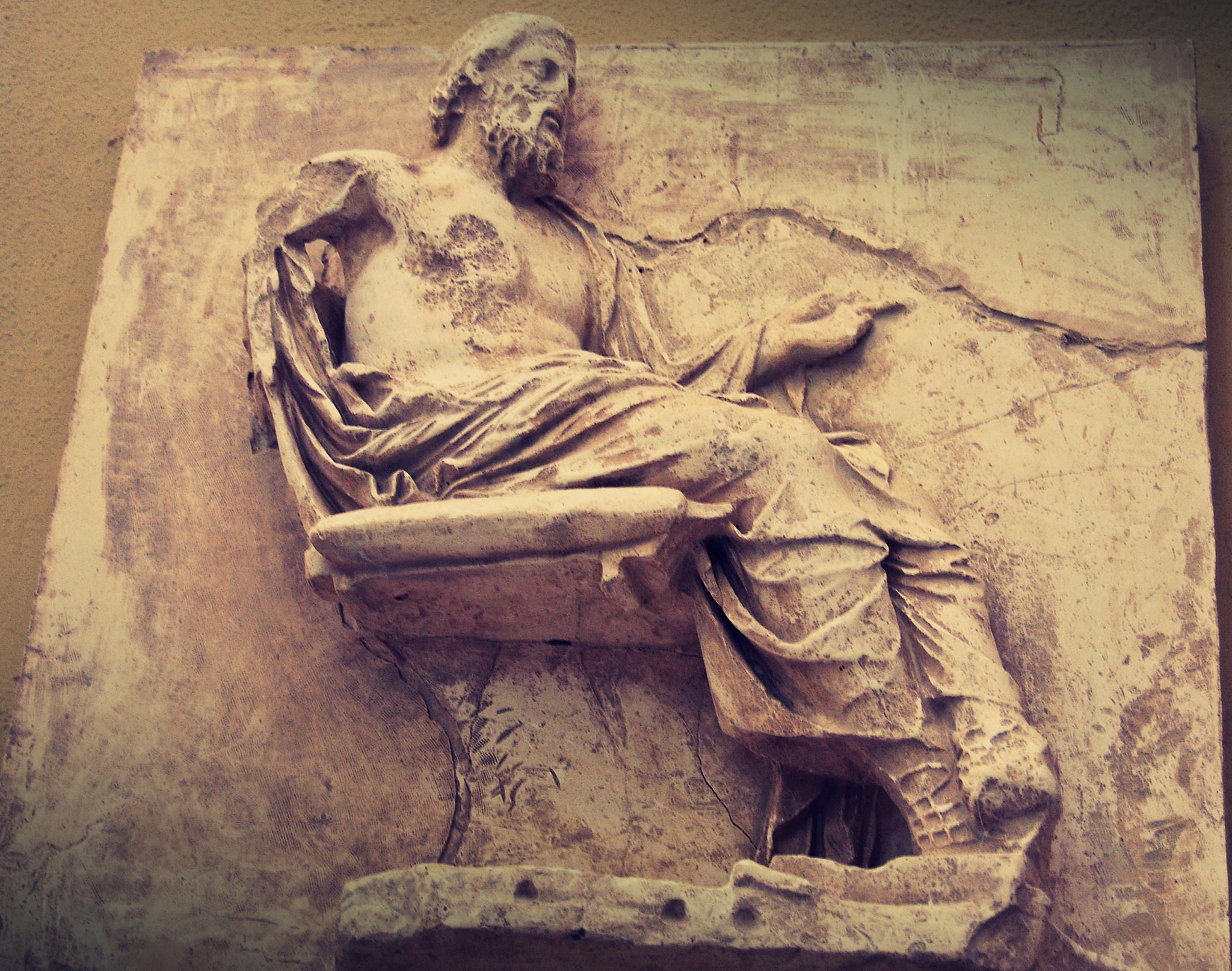
AsianOverland.net
Tour Guide - Itinerary
Asian Overland Sydney to London
Started 22/06/2022 Finished 21/06/2023365 Days ITINERARY
Day 196 date 03/01/2023CORFU to EPIDAUROUS, GREECE
ASIANOVERLAND.NET WINTER EUROPEAN DAY 23/196: CORFU TO EPIDAUROUS, GREECE
“DAY 23, 3/1/81 “ANOTHER F...ING FERRY CROSSING!!!”
In ancient Greek mythology, the hero Pelops conquered the entire region of Peloponnesos, which means "Island of Pelops", even though it is a peninsula.
In 776 BC, the first Olympic Games were held at Olympia, in the western Peloponnese, beginning the classical period of Greek antiquity. The Peloponnese was at the heart of the affairs of ancient Greece, possessed some of its most powerful city-states, and was the location of its bloodiest battles.
The major cities of Sparta, Corinth, Argos and Megalopolis were all on the Peloponnese, which was the homeland of the Peloponnesian League. Soldiers from the peninsula fought in the Persian Wars, and it was the scene of the Peloponnesian War of 431–404 BC. The entire Peloponnese (except Sparta), joined Alexander's successful expedition against the Persian Empire.
Along with the rest of Greece, the Peloponnese fell to the expanding Roman Republic in 146 BC, when the Romans razed the city of Corinth and massacred its inhabitants.
Epidaurus is the birthplace of Apollo's son Asclepius the healer, and was known from the 6th century BC for its healing and medical sanctuary. Asclepius is a hero and god of medicine in ancient mythology and represents the healing aspect of the medical arts. Two of his daughters were Hygieia ("Hygiene", goddess of cleanliness) and Panacea (goddess of universal remedy).
The Asclepeion at Epidaurus was the most famous healing centre of the Classical world, the place where ill people went in the hope of being cured. To find the right cure for their ailments, they spent a night in a big sleeping hall. In their dreams, the god himself would advise them what they had to do to regain their health.
Any dreams or visions would be reported to a priest, who would prescribe the appropriate therapy by interpreting the dreams. Some healing temples used sacred dogs to lick the wounds of sick petitioners. In honour of Asclepius, a particular type of non-venomous snake was often used in healing rituals — the Aesculapian Snakes slithered around freely on the floor in dormitories where the sick and injured slept. These snakes were introduced at the founding of each new temple of Asclepius throughout the classical world. The rod of Asclepius, a snake-entwined staff, remains a symbol of medicine today.
The original Hippocratic Oath began with:
"I swear by Apollo the Physician and by Asclepius and by Hygieia and Panacea and by all the gods ..."
Within the sanctuary there was a guest house with 160 guest rooms, and nearby mineral springs were used in healing.
Asclepius, the most important healer god of antiquity, brought prosperity to the sanctuary, which in the 4th and 3rd centuries BC constructed monumental buildings, including the huge theatre (still used today for dramatic performances). The ancient theatre of Epidaurus was designed in the 4th century BC., and the original 34 rows were extended in Roman times by another 21 rows. As is usual for Greek theatres (as opposed to Roman ones), the view on a lush landscape behind the stage is an integral part of the theatre itself, and is not to be obscured. The theatre seats up to 14,000 people.
The theatre is admired for its exceptional acoustics, which permit almost perfect intelligibility of unamplified spoken words from the stage to all 14,000 spectators, regardless of their seating. For centuries, tour guides like me have our groups scattered in the stands and demonstrated how they can easily hear the sound of a pebble drop, a whisper, or a match struck on centre-stage. The astonishing acoustic properties are the result of advanced design: the rows of limestone seats filter out low-frequency sounds, such as the murmur of the crowd, and amplify high-frequency sounds of the stage.
In 87 BC, the sanctuary was looted by the Romans, and in 74 BC a Roman garrison was based in the city. In the 2nd century AD the sanctuary enjoyed a new upsurge under the Romans, but in AD 395 the Goths raided the sanctuary.
Even after the introduction of Christianity and the silencing of the oracles, the sanctuary at Epidaurus was still known as a healing centre in the mid 5th century.
© This work is copyright. Apart from any use permitted under the Copyright Act 1968, no part may be reproduced by any process, nor may any other exclusive right be exercised, without the permission of Peter Searle, peter@portseavillageresort.com; 1980-2024.
Website built by Justin O’Dea www.webdeveloperdocklands.com.au





